No Man's Sky: Worlds Part II Update Transforms Game Forever
No Man's Sky has become a landmark in the gaming industry, celebrated for its groundbreaking universe and planet generation technologies, showcasing the developers' dedication and the essence of a true sandbox experience. This game has been a focal point on our site, reflecting its significant impact.
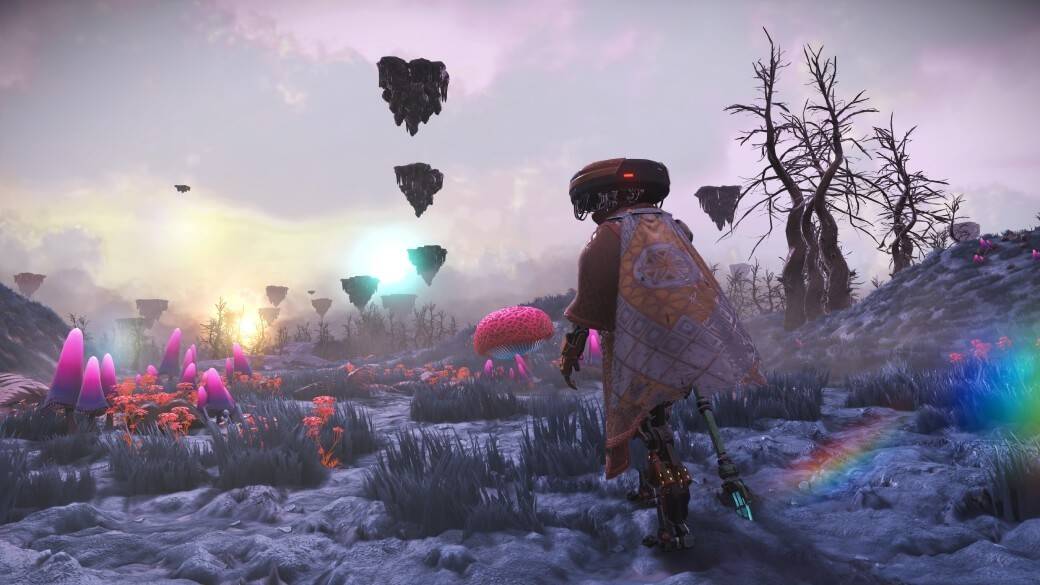 Image: nomanssky.com
Image: nomanssky.com
A pivotal moment recently transformed the game with the release of the second part of the massive Worlds update, enhancing No Man's Sky's scale, diversity, and visual appeal.
Table of Content ---
Mysterious Depths New Planets Gas Giants Relic Worlds Other World Improvements Updated Lighting Construction and Progress 0 0 Comment on this Mysterious Depths
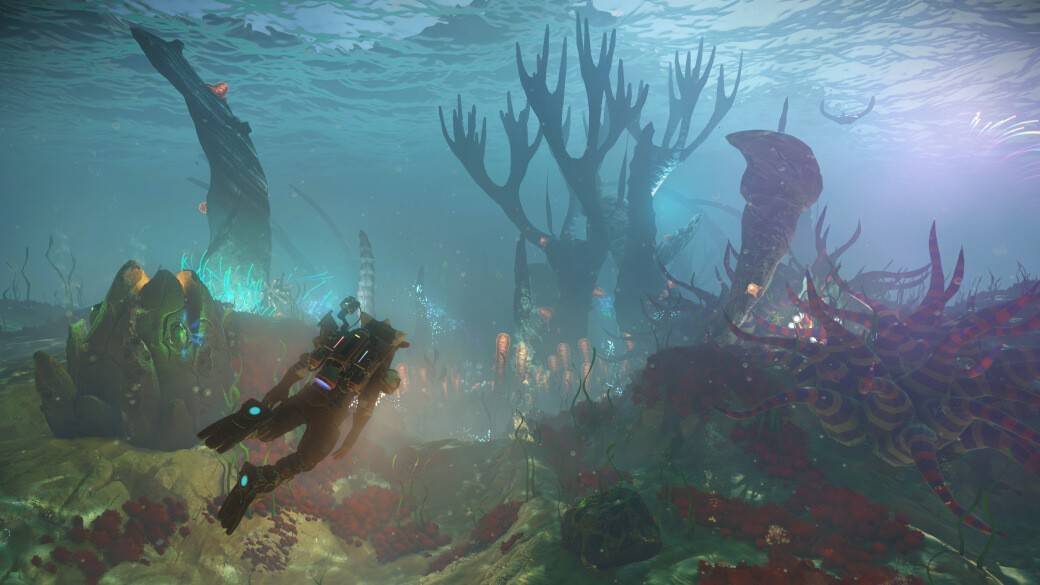 Image: nomanssky.com
Image: nomanssky.com
The focus of Worlds Part II was a complete transformation of underwater environments. Previously, oceans and lakes were underwhelming, lacking the incentive to explore. However, the update has revolutionized these spaces. The developers have deepened the oceans, introducing eternal darkness and intense pressure, making survival challenging. Special suit modules have been added to aid exploration, along with a new pressure level indicator during dives.
The underwater world is no longer shrouded in darkness; bioluminescent flora and fauna illuminate the depths, creating a mesmerizing experience. The update also enhances shallow-water lighting, which now looks breathtaking.
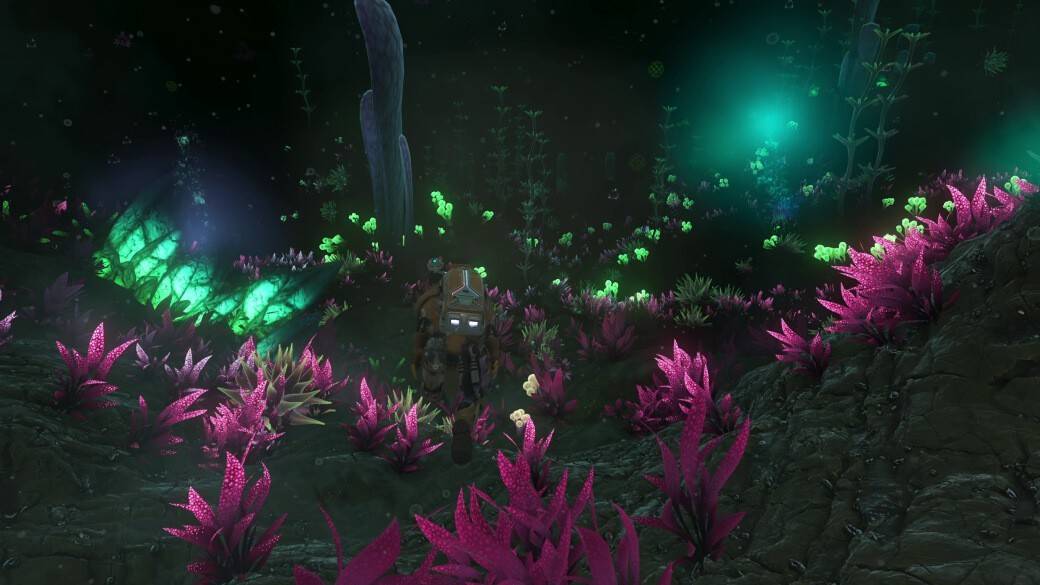 Image: nomanssky.com
Image: nomanssky.com
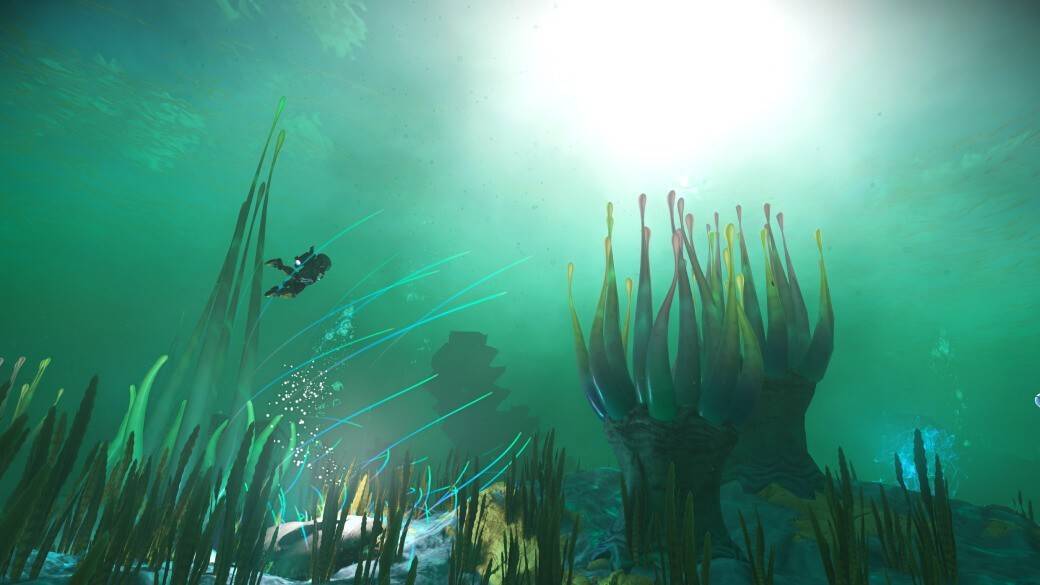 Image: nomanssky.com
Image: nomanssky.com
New underwater fauna has been introduced, including various fish and seahorses in moderate depths. As you venture deeper, you'll encounter larger, more intimidating creatures like gigantic squids.
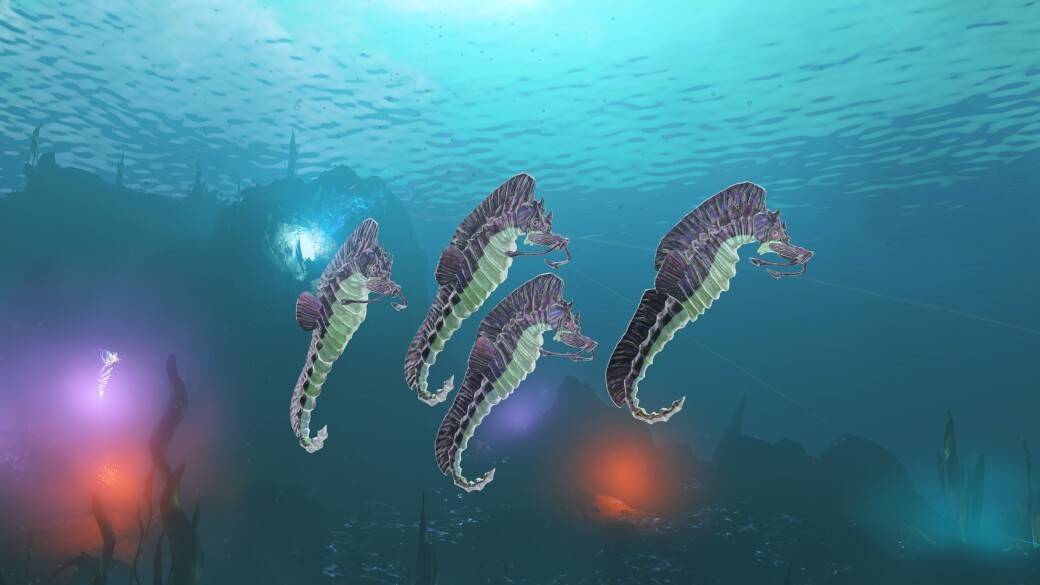 Image: nomanssky.com
Image: nomanssky.com
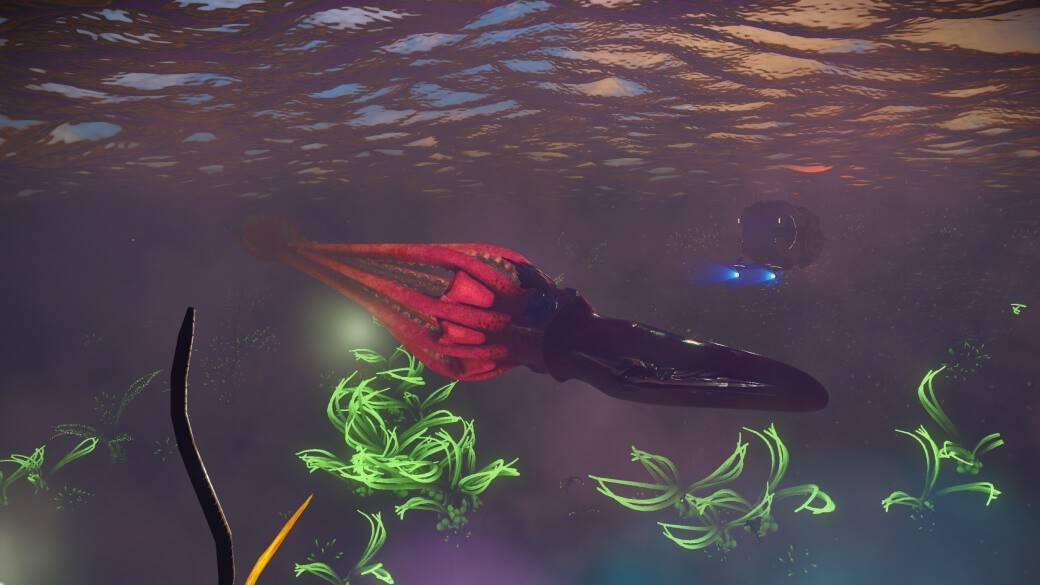 Image: nomanssky.com
Image: nomanssky.com
This update makes underwater base construction more appealing, offering gameplay reminiscent of Subnautica.
New Planets
The update introduces hundreds of new star systems, including purple star systems, home to new oceanic planets and gas giants.
Gas Giants
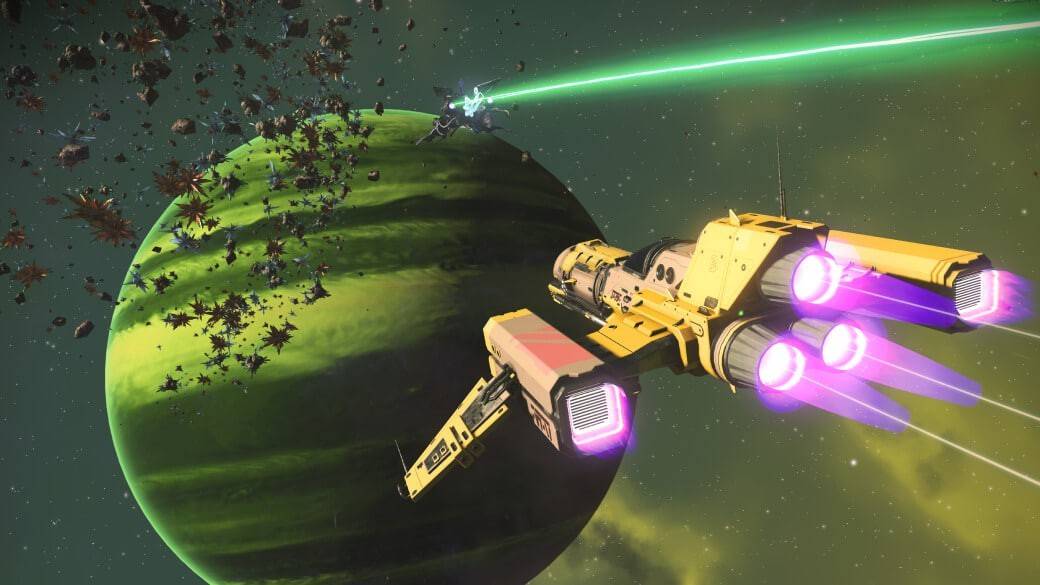 Image: nomanssky.com
Image: nomanssky.com
Accessing these systems requires completing the storyline and acquiring a new engine type. The rewards are worth it, as these systems contain the best resources. Gas giants feature a rocky core surrounded by harsh conditions like storms, lightning, radiation, and high temperatures.
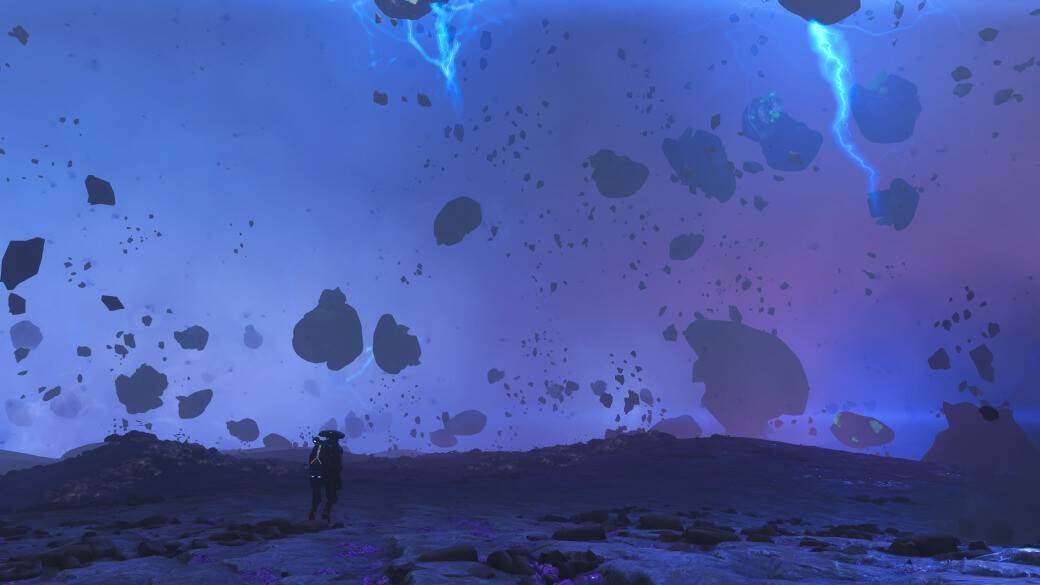 Image: nomanssky.com
Image: nomanssky.com
Relic Worlds
The update expands on the theme of ancient civilizations by introducing relic worlds, planets covered in ruins where players can discover new artifacts and records.
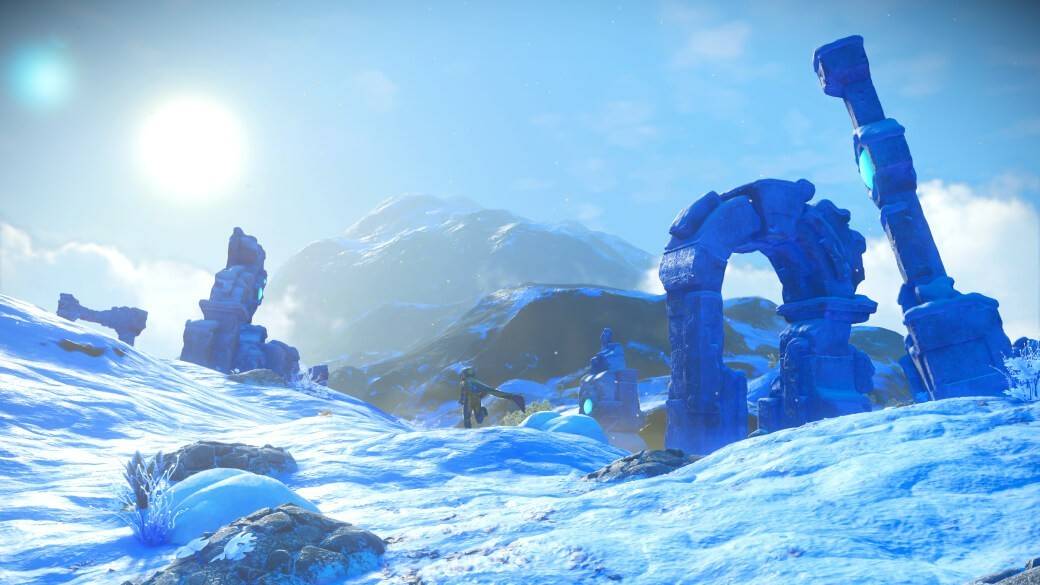 Image: nomanssky.com
Image: nomanssky.com
Other World Improvements
All planets have undergone major updates, including a new landscape generation system that creates more unique environments. Denser jungles, planets influenced by their stars with adapted flora and fauna, and revamped icy planets with new landscapes and species enhance the diversity.
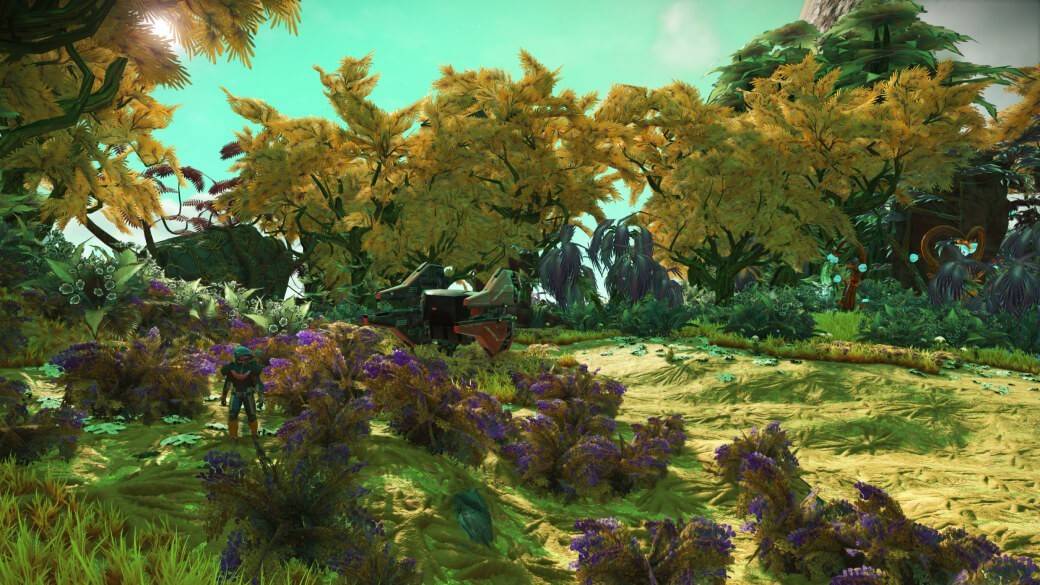 Image: nomanssky.com
Image: nomanssky.com
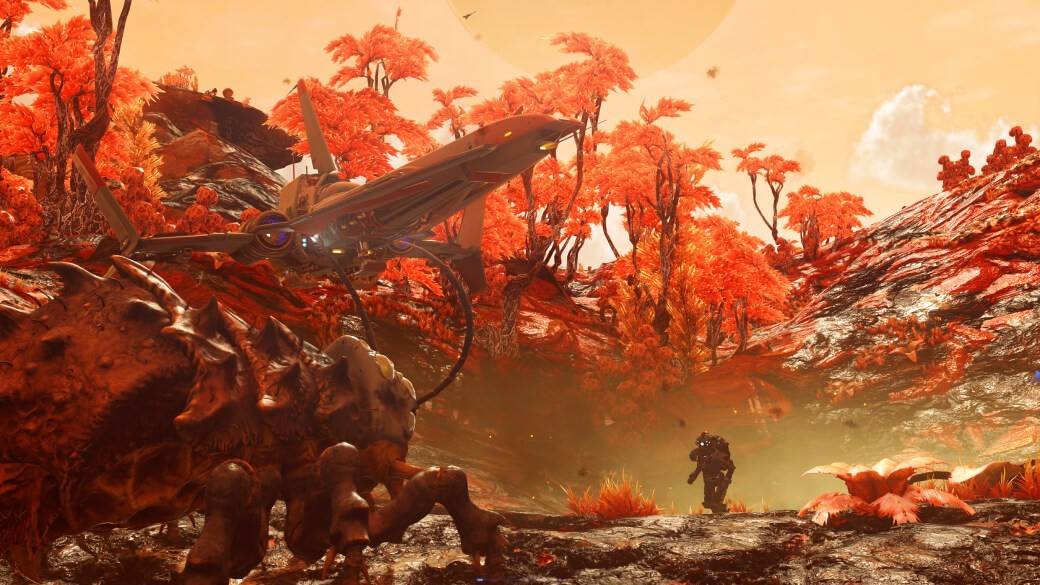 Image: nomanssky.com
Image: nomanssky.com
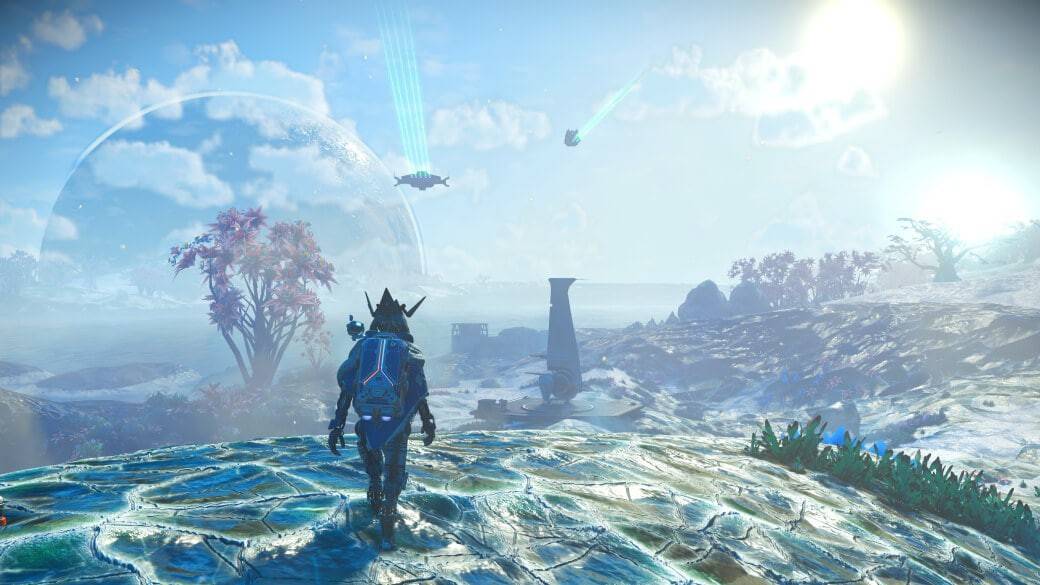 Image: nomanssky.com
Image: nomanssky.com
New extreme geological features like geothermal springs, poisonous anomalies, and geysers have been added, along with a new type of toxic world featuring mushroom spores.
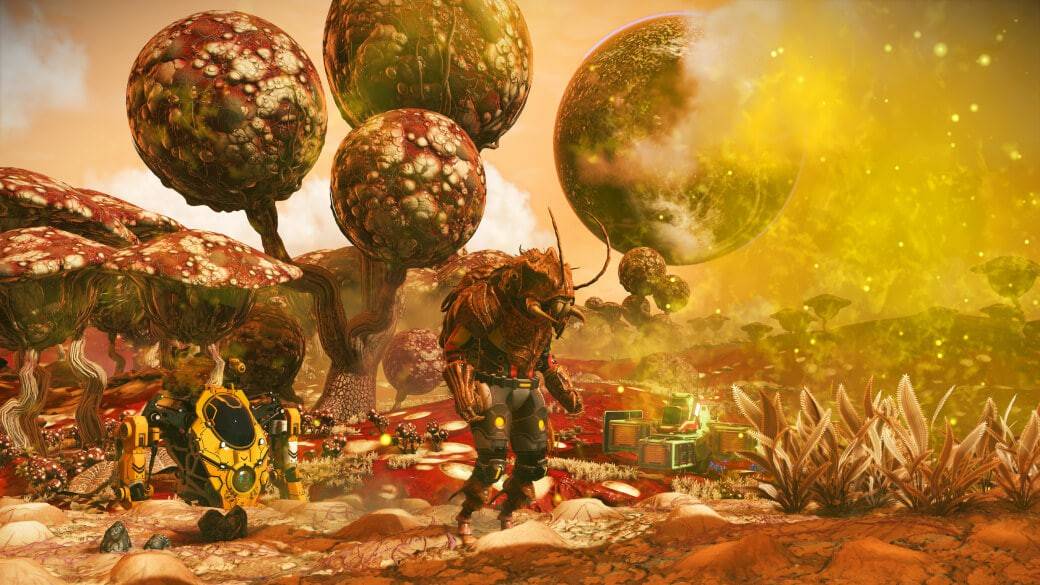 Image: nomanssky.com
Image: nomanssky.com
Updated Lighting
Lighting enhancements extend beyond underwater environments, improving interiors in caves, buildings, and space stations.
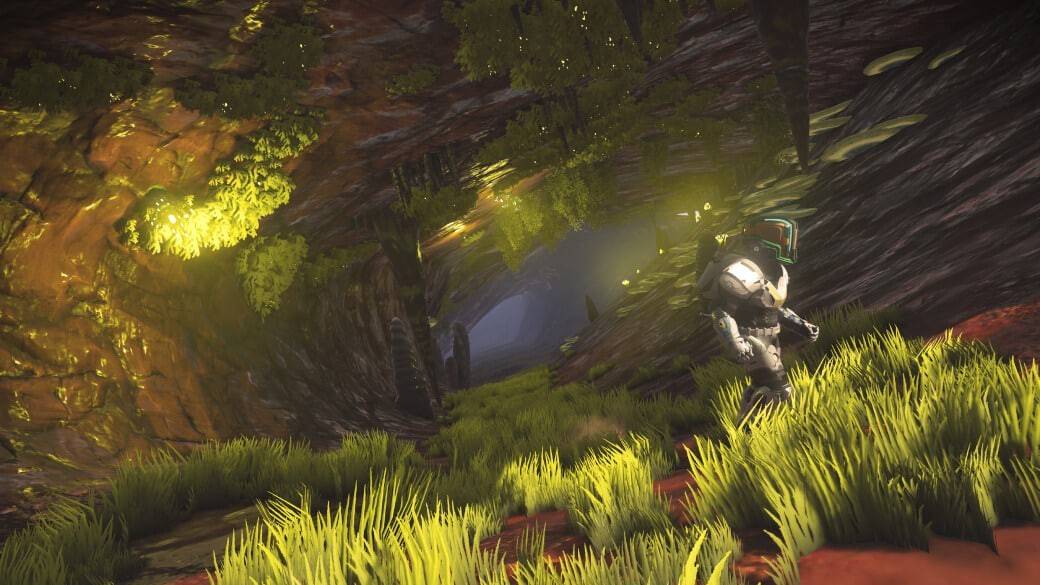 Image: nomanssky.com
Image: nomanssky.com
Performance has also been optimized, with smoother transitions between orbit and planets and faster loading times for the Anomaly.
Construction and Progress
New upgrade and construction modules have been introduced, such as matter generators for the Colossus and flamethrowers for the scout. The update also brings new ships, multi-tools, and character customization options, along with the ability to place ancient ruins like columns and arches on bases.
These updates are just a glimpse of the comprehensive changes; for a full rundown, check the official patch notes. I highly recommend diving into this major update to experience the enhanced world of No Man's Sky firsthand!
-
Clash Royale players finally see the long-anticipated Evolution upgrade for the Inferno Dragon arrive after nearly a decade. To commemorate this milestone, Supercell teamed up with Finnish comedian Ismo Leikola for a creative unveiling.A Fiery NegotiAuthor : Zoey Nov 12,2025
-
While it may not always dominate the headlines, Halo Infinite is steadily receiving new content. The latest addition from the developers is S&D Extraction, a competitive mode designed to deliver a novel and strategically rich experience.S&D ExtractioAuthor : Ryan Nov 12,2025
-
 Thot on TrialDownload
Thot on TrialDownload -
 Tabula -Tabu Kelime Oyunu 2024Download
Tabula -Tabu Kelime Oyunu 2024Download -
 โดมิโน่สยาม - Domino SiamDownload
โดมิโน่สยาม - Domino SiamDownload -
 Lucky SurpriseDownload
Lucky SurpriseDownload -
 Aftermagic - Roguelike RPGDownload
Aftermagic - Roguelike RPGDownload -
 Fruit Memory by Beat the OddsDownload
Fruit Memory by Beat the OddsDownload -
 Fruit ShowDownload
Fruit ShowDownload -
 Legendary Matagi ~ Proof of InheritanceDownload
Legendary Matagi ~ Proof of InheritanceDownload -
 Hyper PADownload
Hyper PADownload -
 5000 words. LineDownload
5000 words. LineDownload
- Black Ops 6 Zombies: How To Configure The Summoning Circle Rings on Citadelle Des Morts
- Harvest Moon: Lost Valley DLC and Preorder Details Revealed
- Roblox: Latest DOORS Codes Released!
- Silent Hill 2 Remake Coming to Xbox and Switch in 2025
- Roblox: Blox Fruits Codes (January 2025)
- Roblox: Freeze for UGC Codes (January 2025)


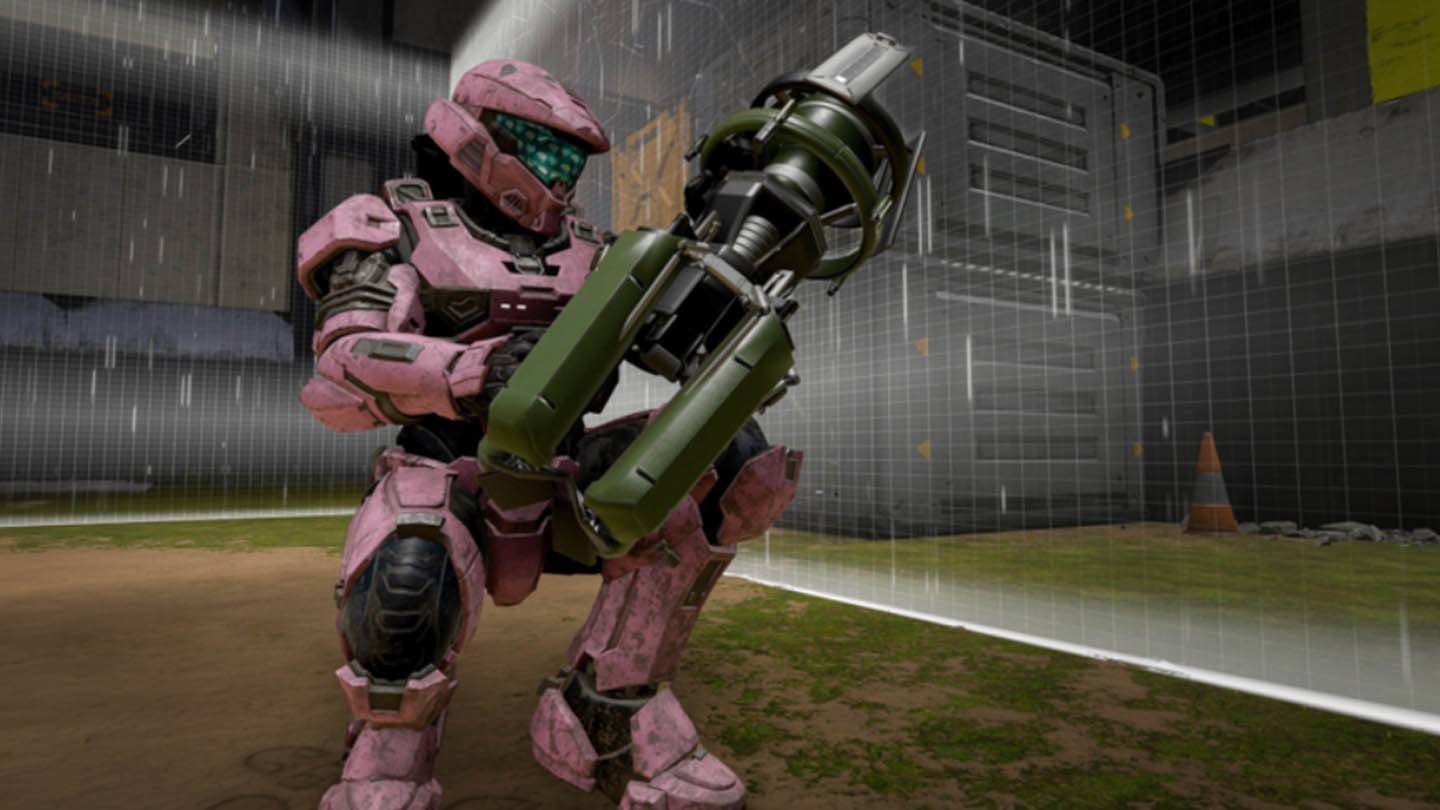





![Taffy Tales [v1.07.3a]](https://imgs.ehr99.com/uploads/32/1719554710667e529623764.jpg)




